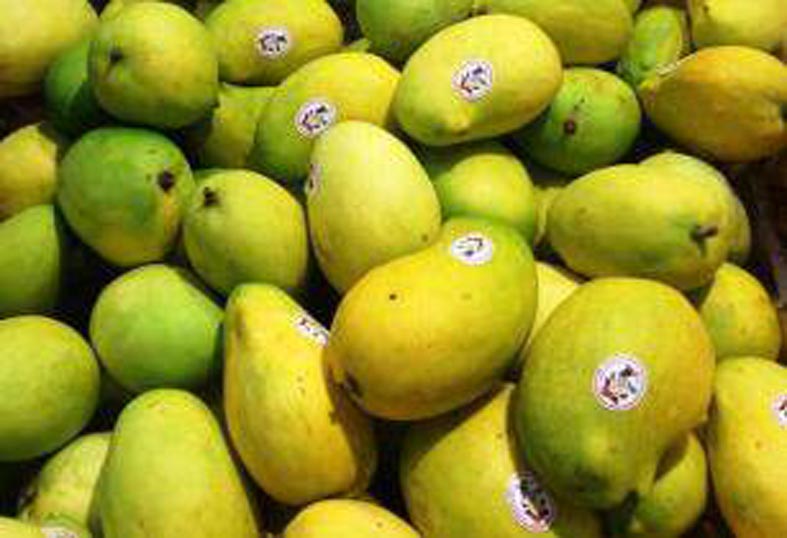Myanmar is working towards creating a trademark for its famed sein ta lone (diamond) mangoes, Mandalay Mango Association chairperson Daw Than Than Swe said
The fruit is being exported since 2006 but has only begun attracting foreign markets from 2011, including China.
Sein ta lone’s growing international awareness is boosting local exports, but also increasing the risk that a foreign competitor could claim the mangoes as its own, Swe said.
“There is an urgent need to register Myanmar sein ta lone mangoes. If not, other countries with more money will seek to register it as their own fruit,” a mango trader in the country said.
South Korea’s Korea Invention Promotion Agency and Myanmar’s Ministry of Science and Technology and the Myanmar Fruits, Flowers and Vegetables Association would work together to create the trademark rights for the mangoes. It is cited to be expensive, but South Korea is expected to cover some of the costs and also suggest how to establish the trademark and promote the fruit.
The mango association is also working to boost mango exports and generate more revenue through adding value to products. There are more than 200 mango species in Myanmar — with 50 to 60 species grown in Mandalay region.
A number of other mangoes are also being considered for trademark protection including shwe hin thar, padamyar nga mauk, yin kwe and ma chit su.




